Natalie De Blois, A Female Modernist Architect of the 20th Century
When talks about modernist buildings, one cannot escape the historic hotel in Cincinnati, Ohio, USA, the Terrace Plaza Hotel. The first modernist building built after World War II, was designed by one of the most famous female architectural figures, Natalie de Blois of the renowned architecture firm Skidmore, Owings & Merrill (SOM).
Natalie de Blois (1921-2013) was an American modernist architect known for her contributions to skyscraper design in the mid-20th century. She was a feminist in architecture who designed some of the most famous buildings, including the Terrace Plaza Hotel, which was completed in 1948. The design received much praise for its luxurious and modernist style.
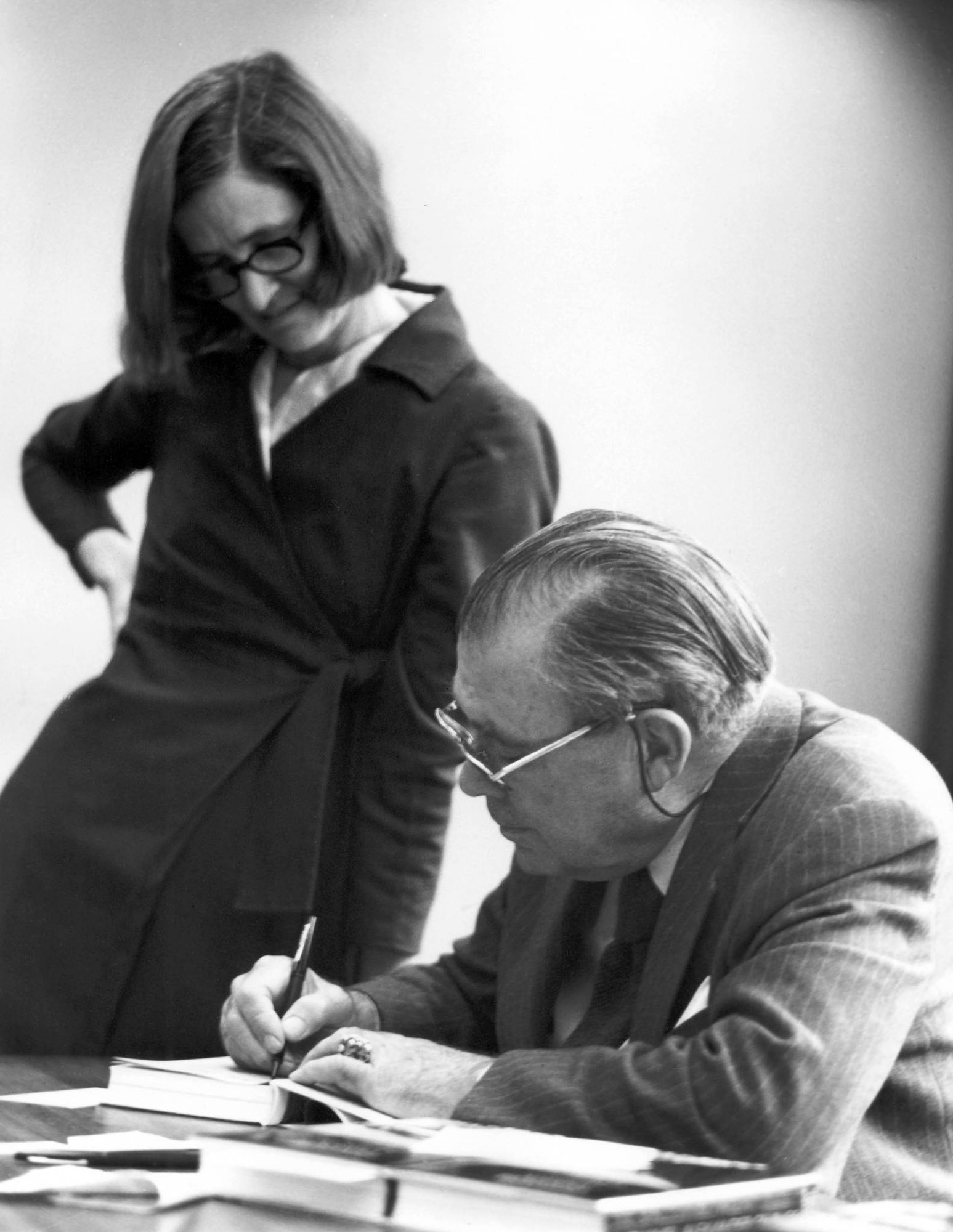
Natalie De Blois
De Blois' environment encouraged her to become an architect. Born on April 2, 1921, in New Jersey, United States, she grew up with the support of her engineer father. Her father encouraged De Blois' interest in drawing and building design by helping her enroll in mechanical engineering classes during junior high school. In addition to developing her drawing skills, Natalie De Blois was aware of the gender bias that would threaten her future professional career.
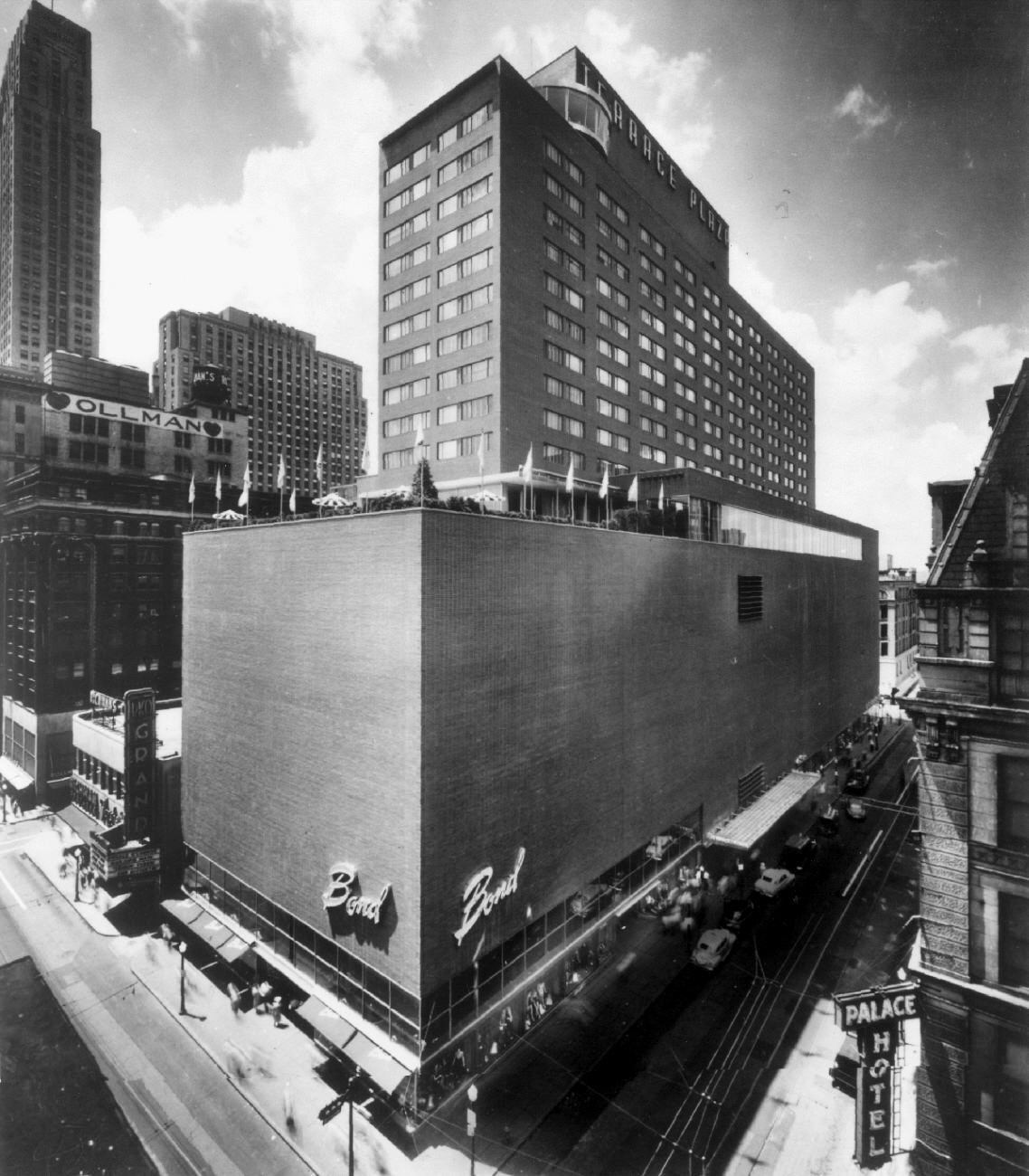
Terrace Plaza Hotel by SOM (Photograph by Ezra Stoller)
De Blois continued her studies at Columbia University's School of Architecture and upon graduation worked in New York City designing storefront components that were later manufactured after World War II. Not long after, she was fired due to gender discrimination from a male coworker complaining about her disruptive female presence.
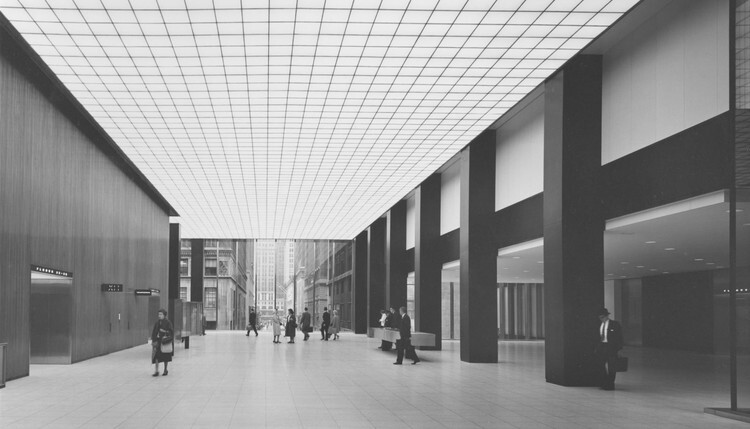
Former Union Carbide by SOM (Photograph by Ezra Stoller)
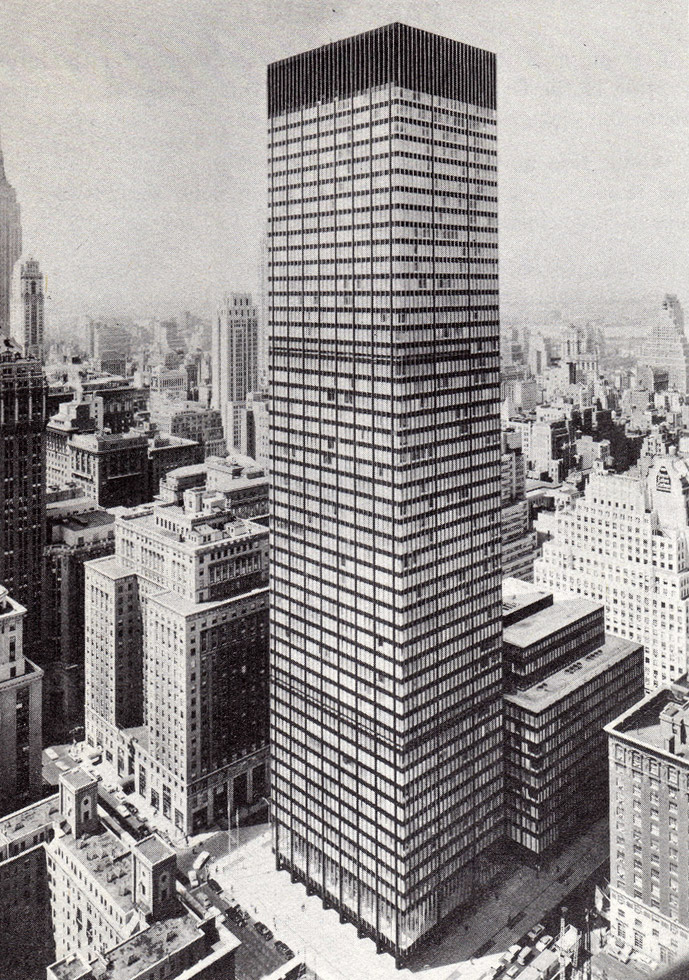
Union Carbide Building by SOM (cr SOM)
Natalie De Blois' career began to soar as she quickly rose through the ranks at Skidmore, Owings & Merrill (SOM). Also about the design of the Terrace Plaza Hotel, she was involved in the design of Lever House, the Union Carbide headquarters, sometimes known as 270 Park Avenue or the JPMorgan Chase headquarters, and the Pepsi-Cola building. The Pepsi-Cola building is known for its glass and aluminum structure with an airy feel. It evokes the angular visualization of the building floating above the ground.
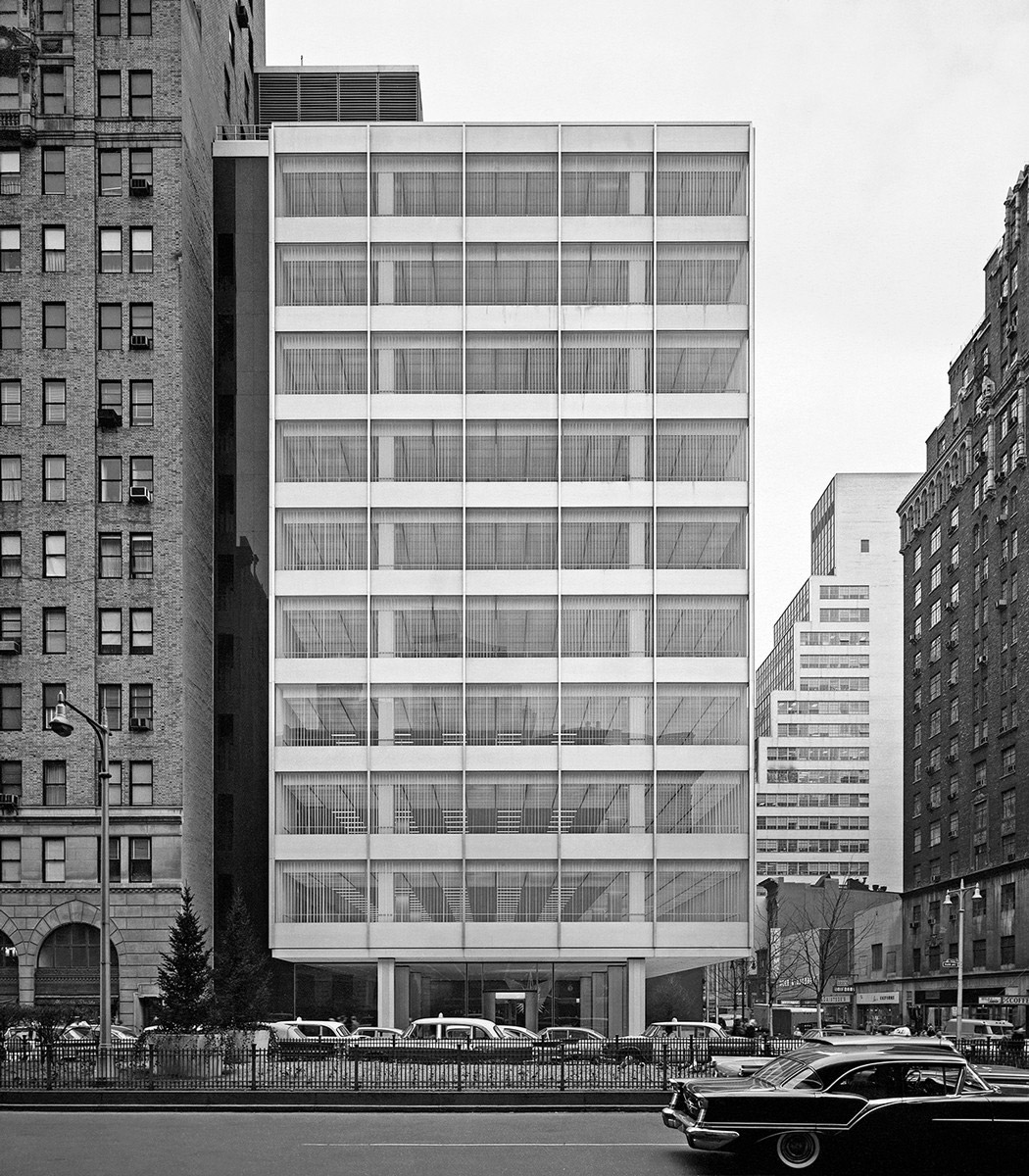
Pepsi-Cola Headquarters by SOM (Photograph by Ezra Stoller)
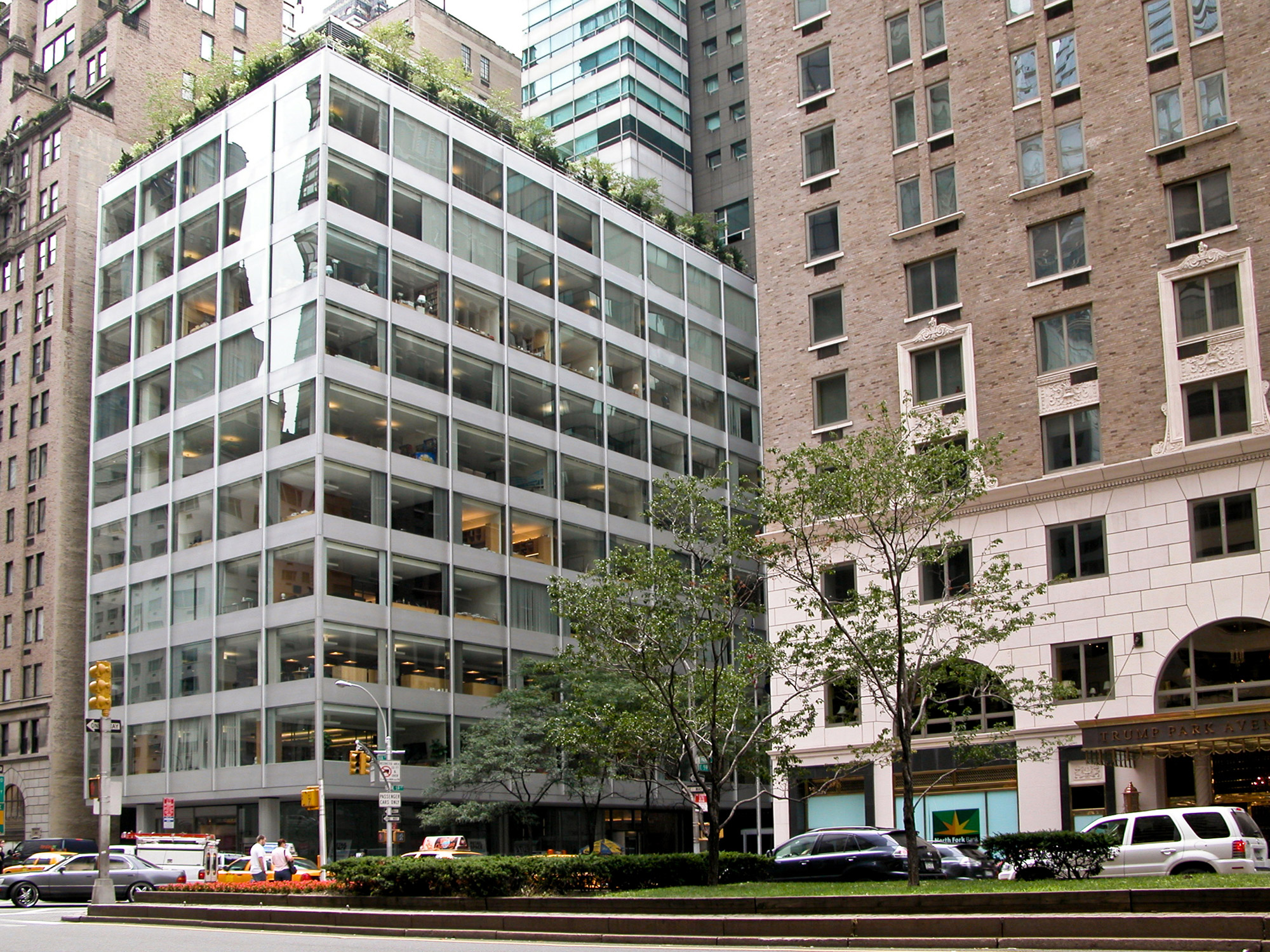
Pepsi-Cola Headquarters 2007 by SOM (Photograph by Maurizio Mucciola, 2007)
Lever House (1952, New York) is one of her buildings that still stands today. Lever House still functions as an office building and has undergone renovations to maintain its authenticity as an icon of 20th-century modern architecture. The building became the first modernist office building to use curtain walls of heat-resistant glass and steel for economic and aesthetic purposes, becoming an icon of modern architecture in Manhattan.
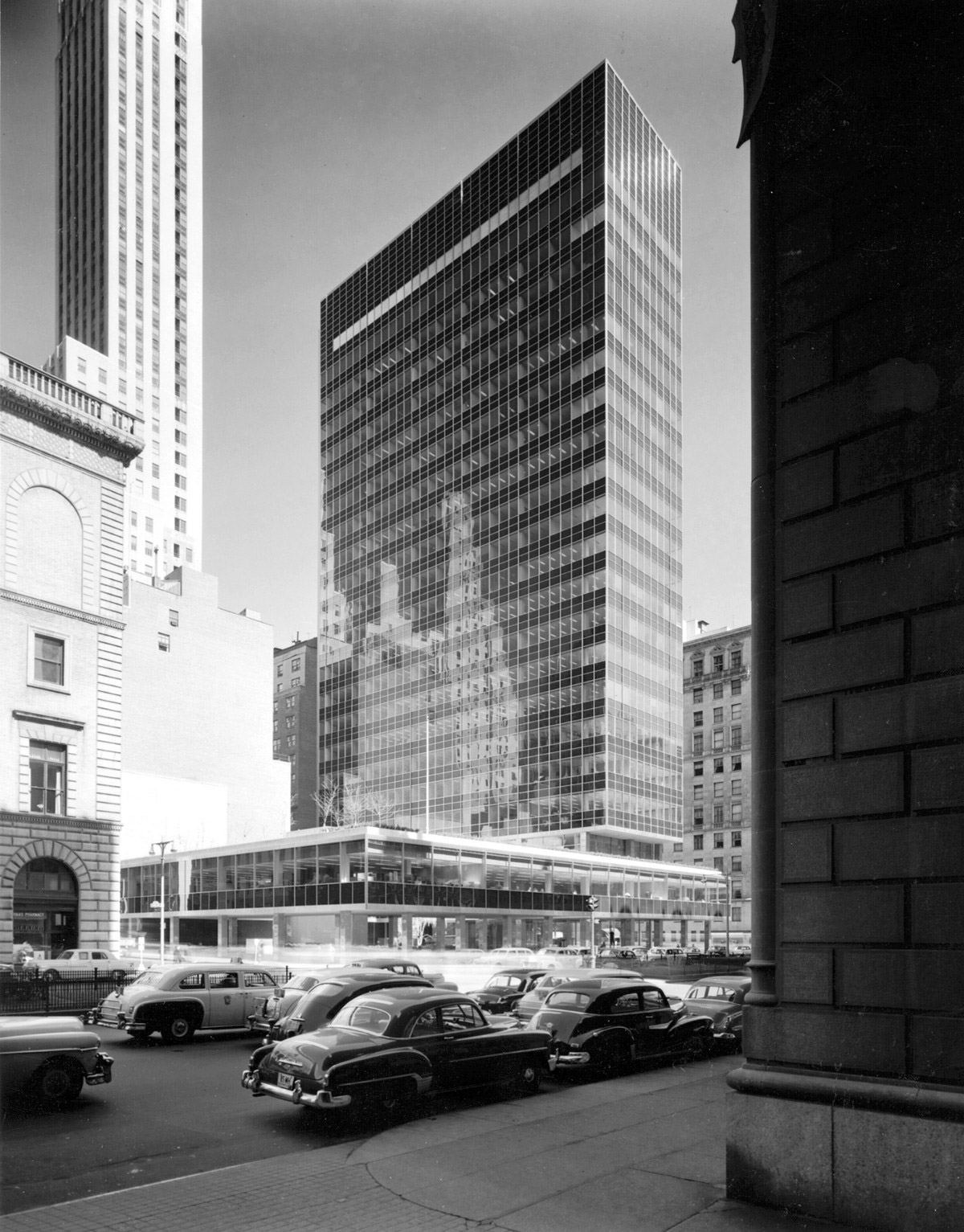
Lever House, 1952 by SOM (Photograph by Gottscho-Schleisner)
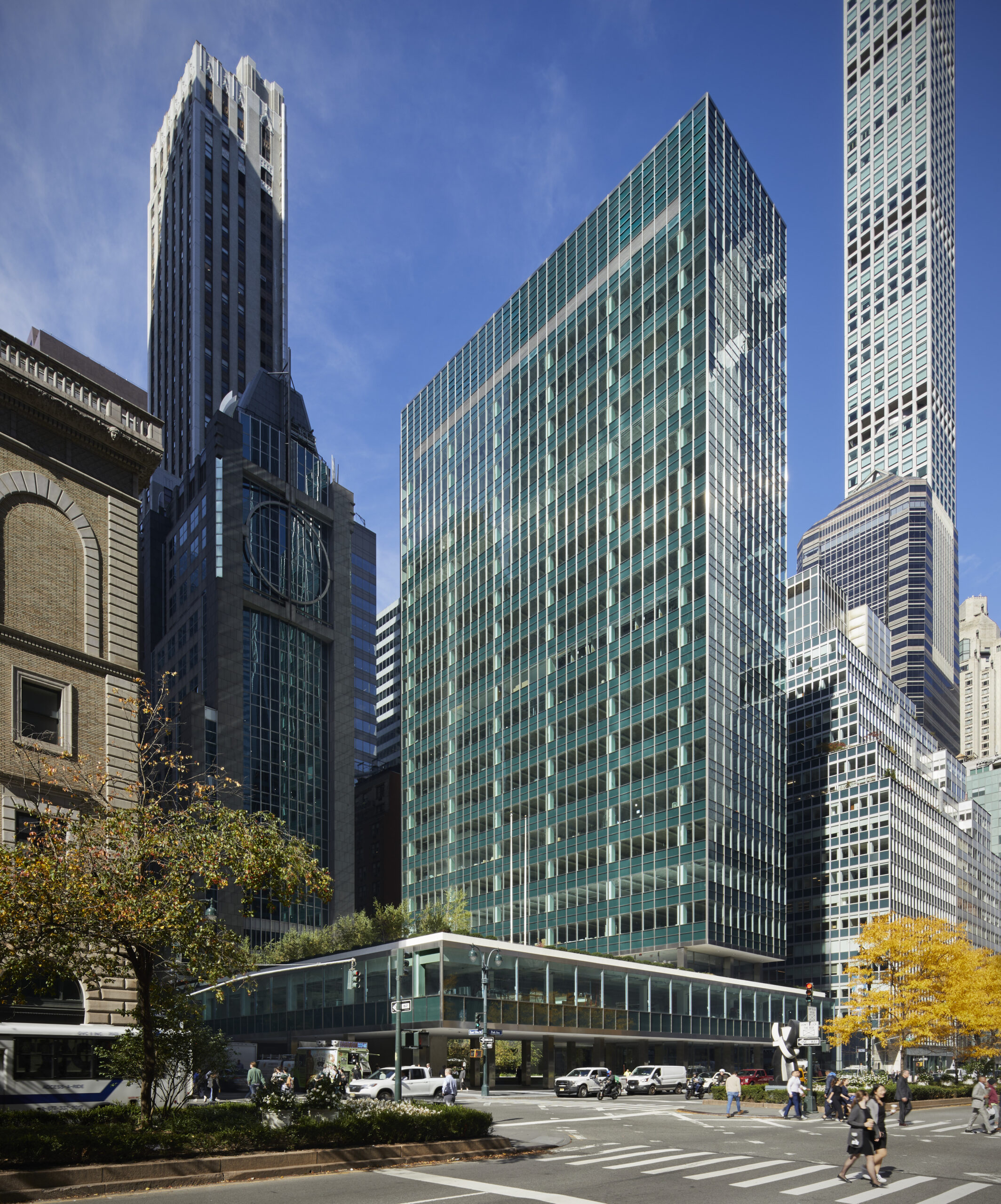
Lever House by SOM (Photograph by Lucas Blair Simpson)
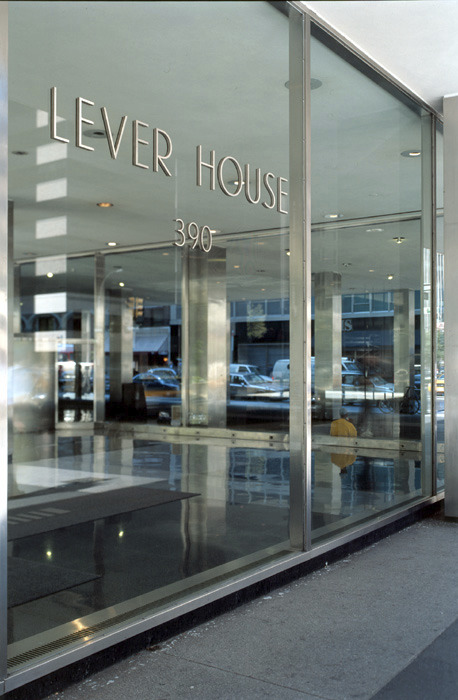
Lever House by SOM (Photograph by Florian Holzherr)
In 1974, Natalie De Blois joined Texas A&M University and taught at the University of Texas at Austin, sharing her experience with a new generation of architects. Appointed to the AIA Task Force on Women in Architecture. In 2010, she was honored for her contributions in this field by the American Institute of Architects (AIA).
Her name was further recognized for her success in a male-dominated architecture firm. She inspired young women who wanted to pursue a career in architecture. Her courage in the face of gender discrimination and dedication to the profession have paved the way for the next generation of female architects. Natalie De Blois's legacy lies in her modernist designs that still endure today and her struggle to pave the way for women in architecture.

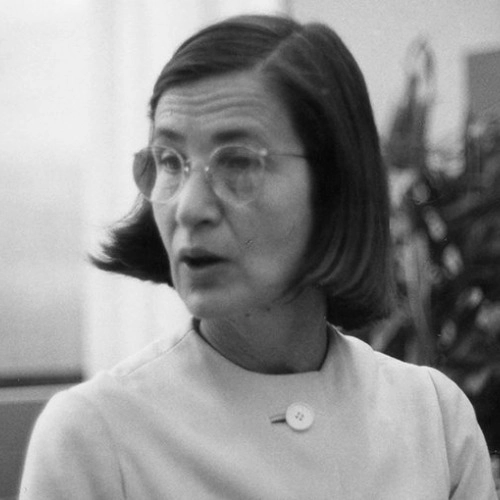




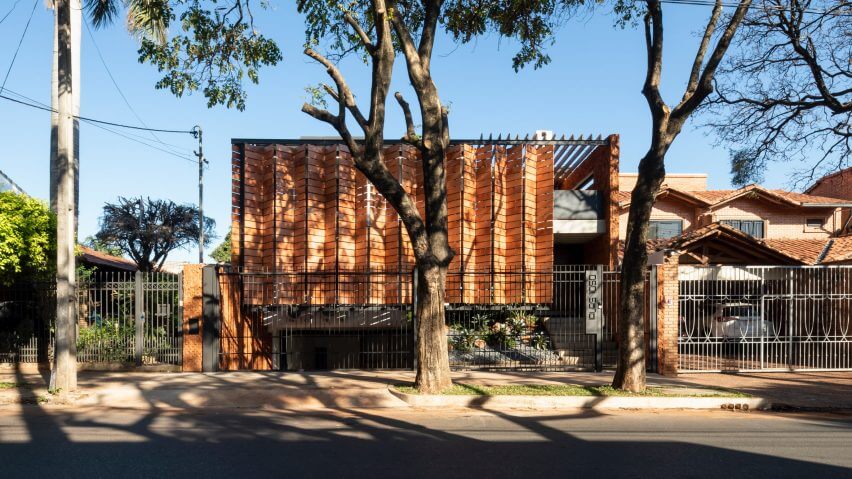
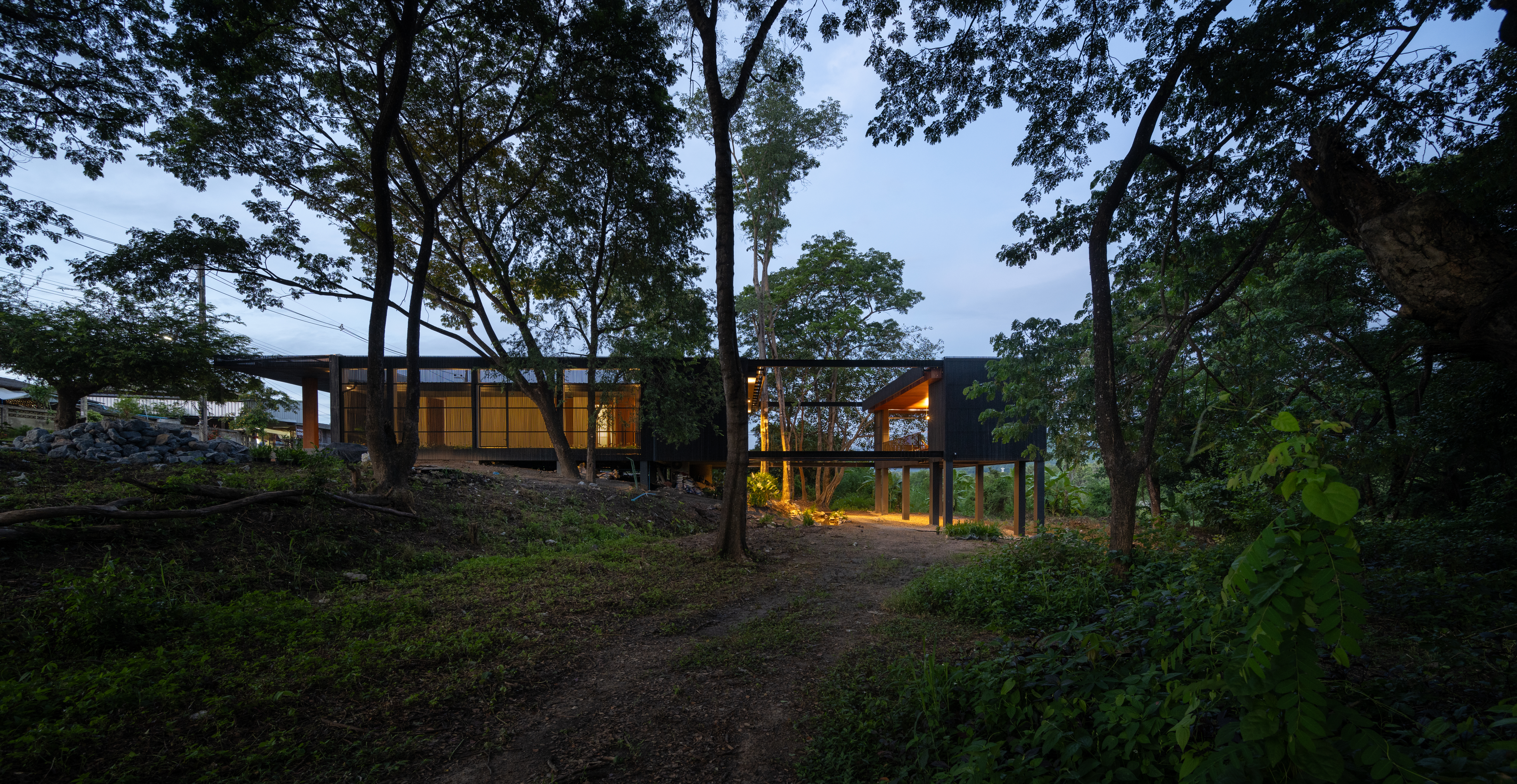


Authentication required
You must log in to post a comment.
Log in